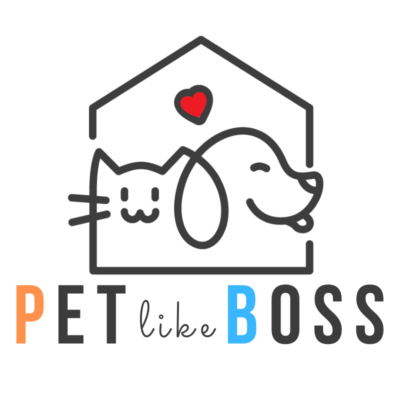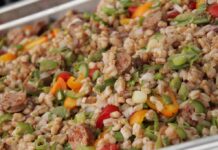Are you tired of feeding your furry friend processed kibble? A dog whole food diet might be the game-changer your pet needs. As more pet parents seek healthier alternatives for their four-legged companions, whole food nutrition has gained significant attention. Let’s dive into everything you need to know about this natural feeding approach.
Understanding the Basics of Dog Whole Food Diet
A balanced diet is crucial for your dog’s health and longevity. The dog whole food diet consists of fresh, minimally processed ingredients that provide essential nutrients in their most natural form. Unlike commercial pet food, this approach focuses on real, identifiable ingredients that you might find in your own kitchen.
For more detailed insights about canine nutrition and care, check out our comprehensive dog care guide.
Benefits of Switching to a Whole Food Diet
When you transition your pup to a dog whole food diet you might notice these amazing benefits
- Better Digestion
- Improved Energy Levels
- Healthier Coat and Skin
- Stronger Immune System
- Weight Management
- Reduced Allergies
Essential Components of a Dog Whole Food Diet
Protein Sources
- Lean meats (chicken, turkey, beef)
- Fish (salmon, sardines)
- Eggs
Vegetables
- Carrots
- Sweet potatoes
- Green beans
- Pumpkin
- Spinach
Healthy Fats
- Coconut oil
- Fish oil
- Olive oil
Complex Carbohydrates
- Brown rice
- Quinoa
- Oats
Getting Started with Whole Food Feeding
Starting a dog whole food diet isn’t as complicated as it might seem Here’s a simple guide
- Consult Your Vet
- Plan Your Portions
- Introduce Foods Gradually
- Monitor Your Dog’s Response
Common Mistakes to Avoid
- Skipping supplements
- Incorrect portions
- Unbalanced meals
- Sudden transitions
Tips for Success
Want to make your dog whole food diet journey successful? Check out Pet like boss for expert advice and follow these tips:
- Meal Prep in Batches
- Invest in Storage Containers
- Track Your Dog’s Progress
- Stay Consistent
Sample Meal Plan
Breakfast
- Ground turkey
- Steamed carrots
- Brown rice
- Fish oil supplement
Dinner
- Lean beef
- Sweet potato
- Green beans
- Calcium supplement
Cost Considerations and Budget Tips
While a whole food diet might seem expensive, here are some ways to make it more affordable:
- Buy in Bulk
- Use Seasonal Produce
- Prep and Freeze
- Join Local Food Co-ops
Transitioning Tips
When switching to a whole food diet, remember:
- Go Slow
- Mix with Current Food
- Watch for Reactions
- Be Patient
FAQ Section
How much should I feed my dog?
Portion size depends on your dog’s:- Weight- Activity level- Age- Health conditions
Can I mix whole foods with kibble?
Absolutely! This can be a great way to start transitioning.
What about supplements?
Most dogs need additional supplements to ensure complete nutrition.
Safety Considerations
Always remember:- Avoid toxic foods- Practice proper food safety- Store meals correctly- Monitor portion sizes
Conclusion
A dog whole food diet can be a fantastic way to improve your pet’s health and happiness. While it requires some planning and preparation, the benefits often outweigh the effort. Remember to consult with your veterinarian and make changes gradually.
Additional Resources
For more information about pet nutrition and care:1. Consult your veterinarian2. Join online pet communities3. Read reliable pet nutrition books4. Follow pet nutrition experts
Remember, every dog is unique, so what works for one might not work for another. Stay flexible and attentive to your dog’s needs as you explore this healthy feeding option.
Note: Always consult with your veterinarian before making significant changes to your dog’s diet, especially if they have existing health conditions or dietary restrictions.
By following these guidelines and staying committed to your pet’s nutrition, you can provide them with a healthy, balanced whole food diet that supports their wellbeing and happiness.












